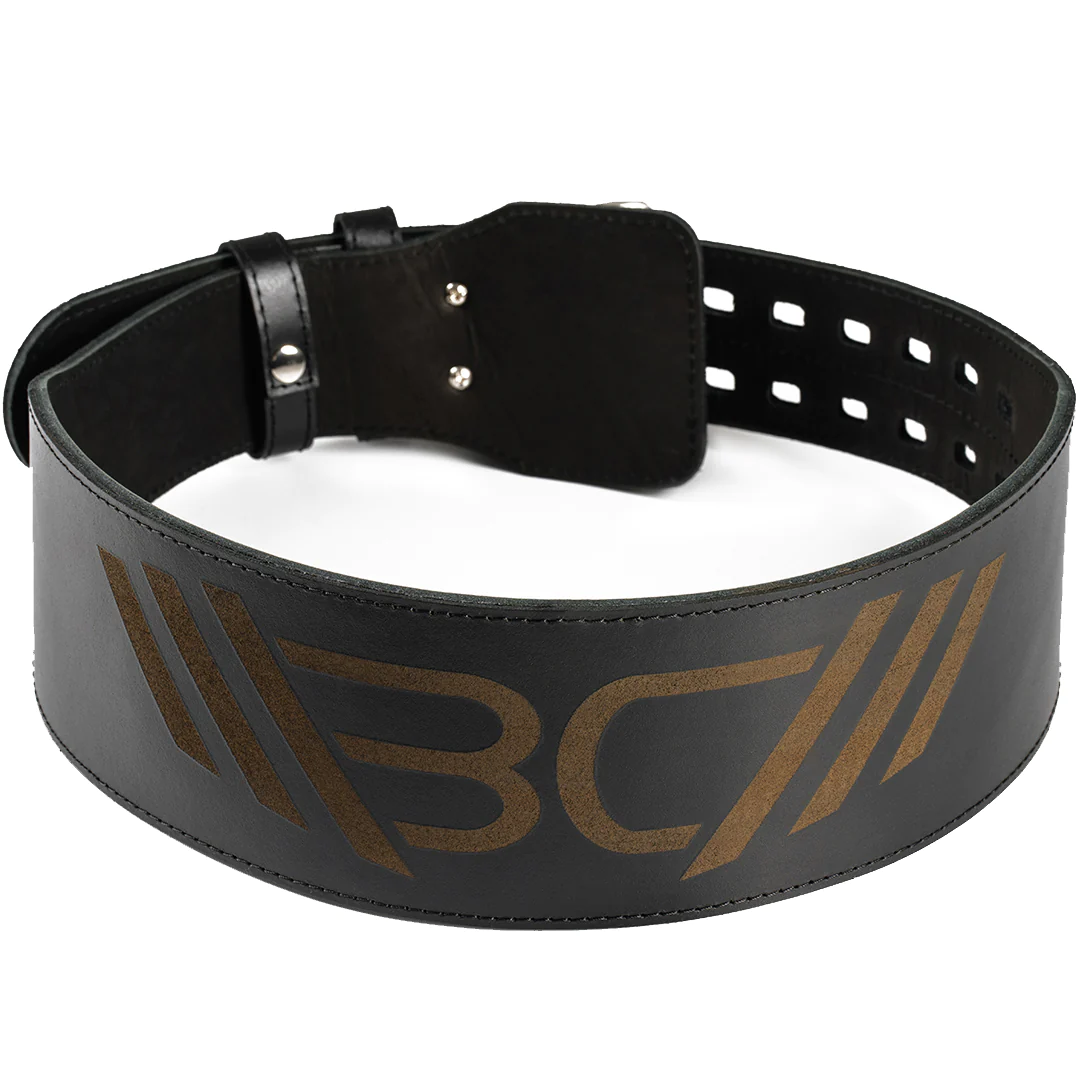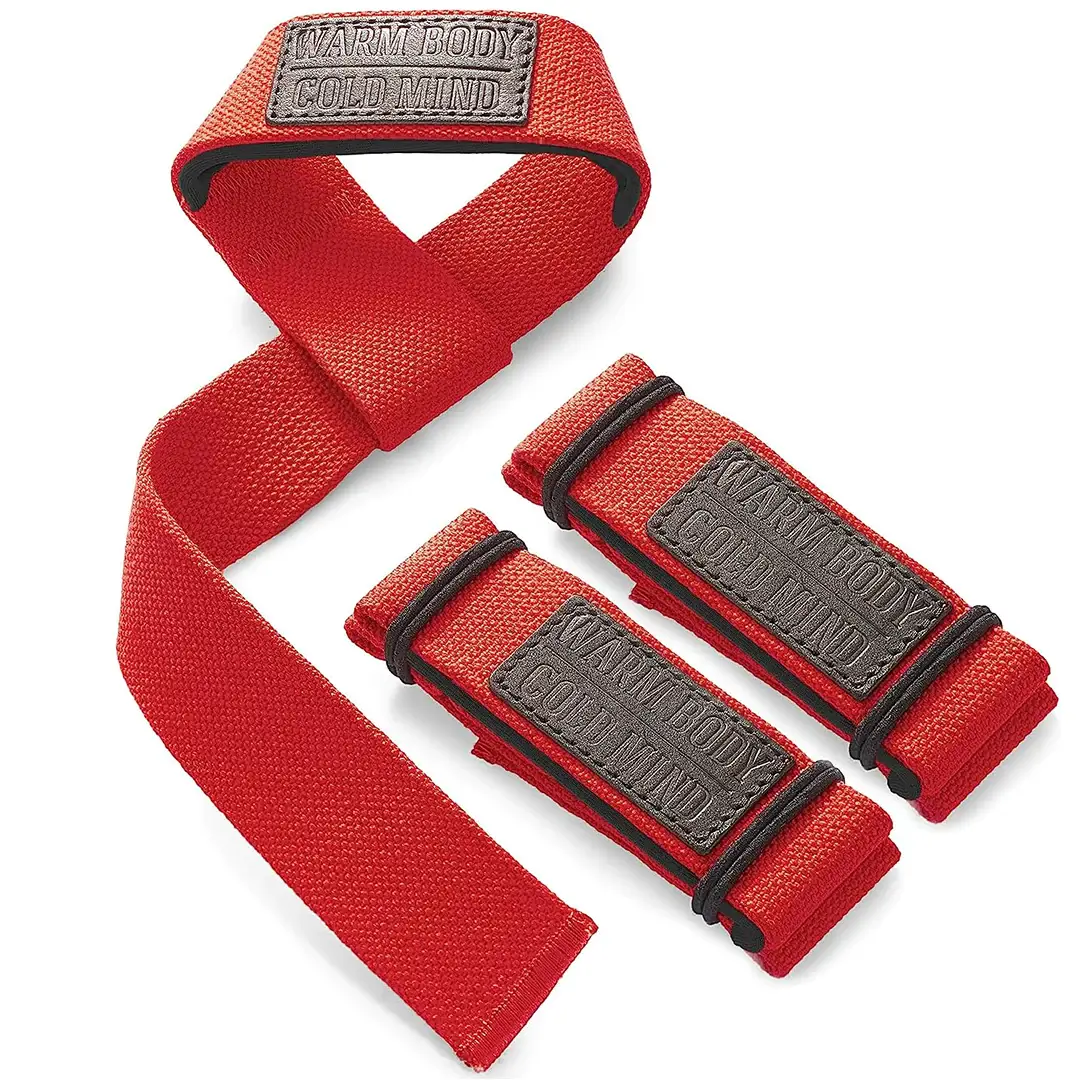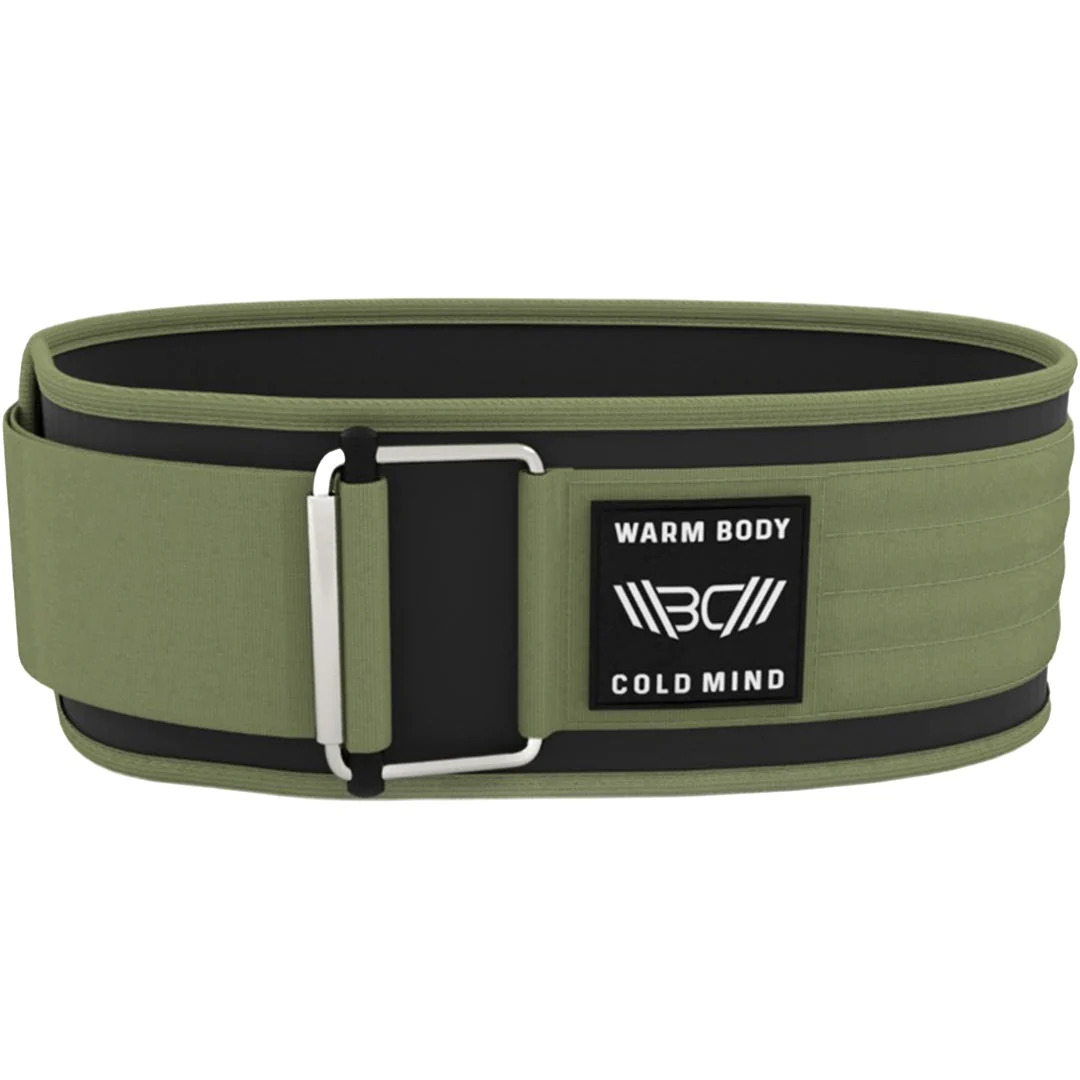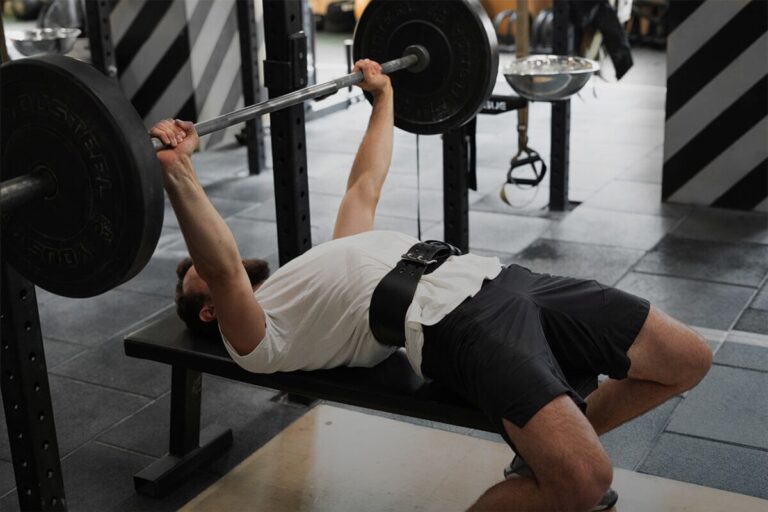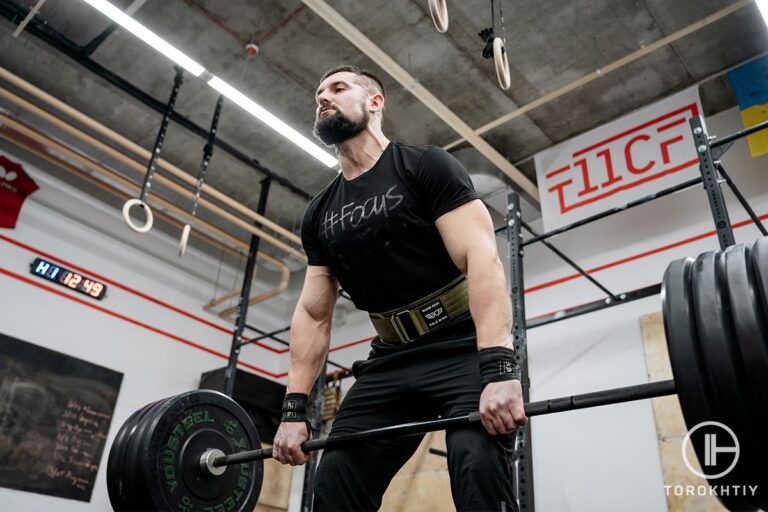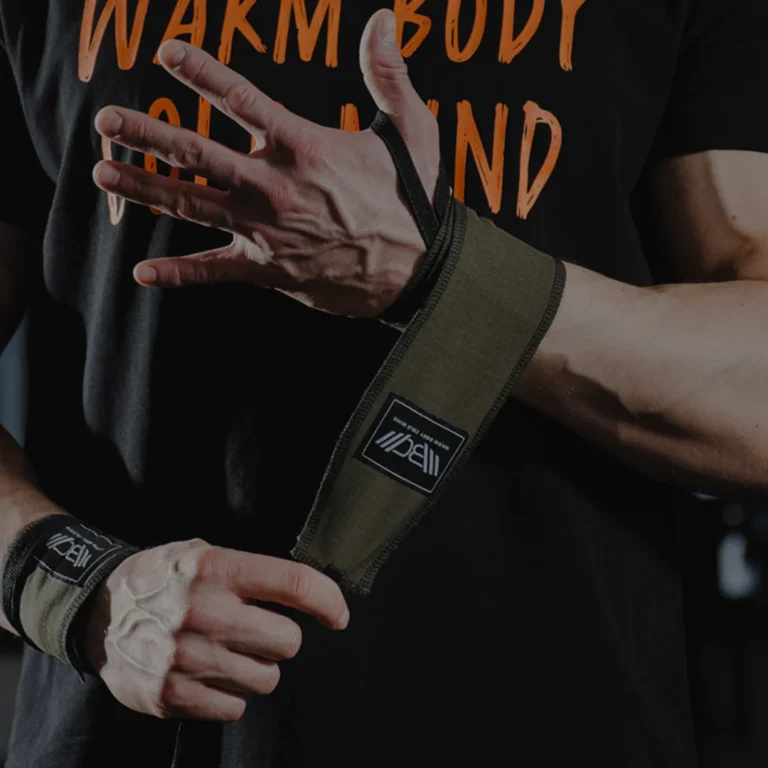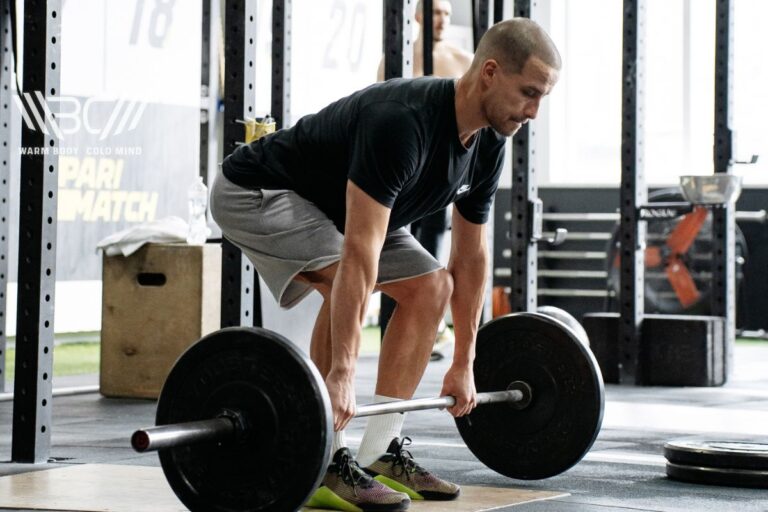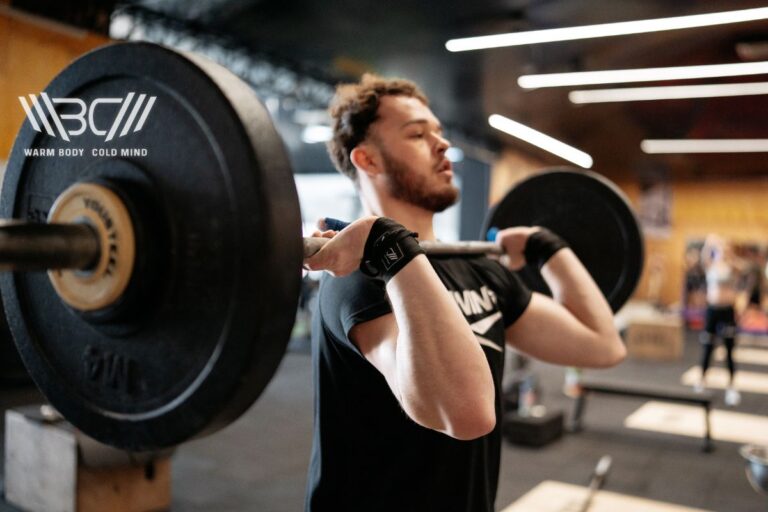Best Deadlift for Glutes: 5 Variations for Maximum Results
Reviewed by Jacek Szymanowski
If someone came to you and asked you about the best deadlift for glutes, you’d be forgiven for asking, “Em, are there more deadlift variations beyond the regular/conventional one?” (especially if you’re a newbie). But there is definitely more to deadlift than just deadlift.
Many athletes and professionals will not argue the fact that deadlift is one of the best lifts out there, just because it targets such a large group of muscles in one go. But, you’re not here to talk about all those muscle groups. You’re here because you want to know which deadlift variation is best for your glutes.
Well, let’s get into it, shall we? Grab some lifting shoes and maybe a protein shake, and let’s go deep dive into how to utilize deadlift to get those strong glutes!
What is the best deadlift for glutes? – The sumo deadlift is often mentioned as the best deadlift variation for targeting the glutes. It uses a wide stance with hips being close to the bar, so it places a lot of emphasis on your glute muscles.
Gluteal Muscles – What Do They Do?
The gluteal muscles, or as we all call them – the glutes, are made up of 3 different muscles located in the buttocks region: the gluteus maximus, gluteus medius, and gluteus minimus. These muscles are important for a lot of different movements that involve the hip joint and the pelvis.
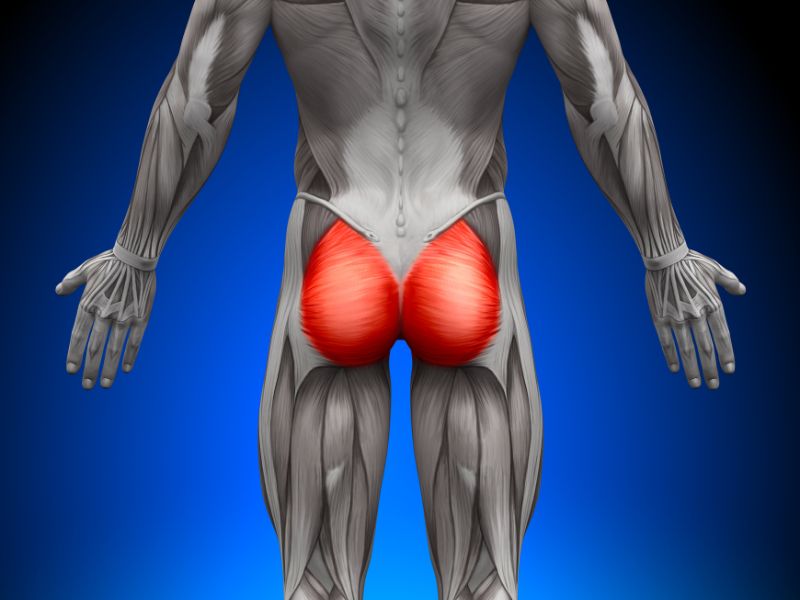
The gluteus maximus (we all know that one) is the largest of these muscles and its main job involves hip extension, which is something you need for actions like standing up from a seated position, walking, running, and climbing stairs. It also stabilizes your pelvis, especially during tasks that need unilateral support, like balancing or doing movements with just one leg.
The gluteus medius and gluteus minimus may not be as large as gluteus maximus, but they still have important jobs. They’re located on the outer surface of the pelvis and their primary function is to abduct the hip, meaning they move the leg away from the body’s midline. This action is important for keeping the pelvic area stable and properly aligned during movements like walking, running, and side-stepping.
Weakness or imbalance in these muscles can lead to all sorts of problems, like lower back pain, hip discomfort, and even knee problems because other muscles need to compensate for the lack of strength and stability.
Deadlifts and Glutes
You’ll find deadlifts in almost any lower body routine because they’re fantastic at targeting the glutes. If you do them correctly, they’ll engage multiple muscle groups at the same time, with a big emphasis on your posterior chain, which includes the glutes, hamstrings, and lower back.
But keep in mind that proper form is key – it’s what makes exercises safe and effective. Your spine needs to be in a neutral position, your core engaged, and you need to drive through the whole foot to activate your glutes.
How Deadlifts Can Engage the Glute Muscles?
The glutes play a big part in doing deadlifts. As you hinge at the hips and lower the weight towards the ground, the gluteus maximus contracts to extend your hip joint and propel you back to an upright position.
This action places a lot of tension on the glutes and which can stimulate muscle growth and strength development over time if done correctly. Deadlifts activate the other two, smaller muscles in your glutes as well, especially during movements that require stabilizing the pelvis and controlling lateral movement.
Subscribe!
Get useful tips, expert insights, and in-depth analysis of training programs & nutrition plans to get the most out of your performance.
5 Deadlift Variations That Specifically Target the Glutes
Deadlifts are known for being a fantastic way to build strength in general, but not all deadlift variations are the same and some are better at engaging your glutes than others.
Of course, there are ways of making any deadlift activate your glutes more, and apart from learning how to do these deadlift variations for glutes and seeing what they’re good for, we’ll go over how to make each one focus on your glutes just a teensy bit more.
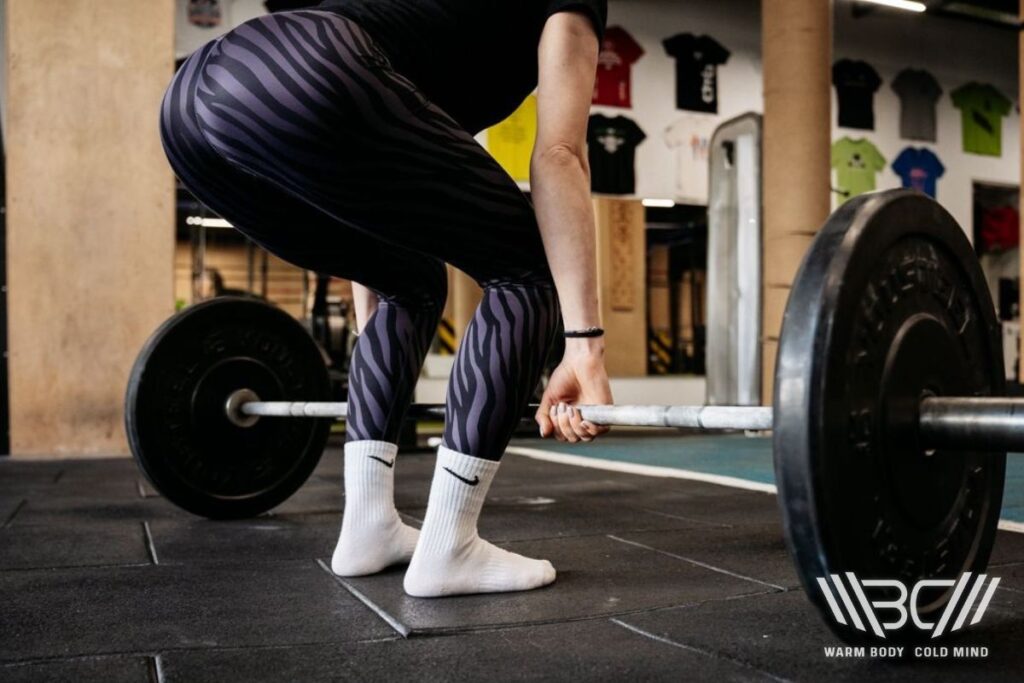
1. Conventional Deadlift
The good ol’ classic deadlift. It’s classic for a reason and it’s effective at engaging your glutes along with the entire posterior chain. It’s a simple (not easy tho) exercise and it’s an absolute staple for anyone looking to build overall strength. However, it can be a problem for people with lower back issues and if that’s you, you’ll need to be careful because of the heavy load that’s placed in this area.
You can try using a leather weightlifting belt to help with this. It will provide extra support to your lower back, and it will help stabilize the spine.

Enhance your strength training with Warm Body Cold Mind leather weightlifting belt providing exceptional support and durability.
To do the conventional deadlift, stand with your feet hip-width apart and the barbell being over your midfoot. Bend at the hips and knees and keep your spine neutral. Grip the bar just outside your legs, push through the feet, and drive your hips forward to lift the barbell off the ground.
Try to remain a straight barbell path. To activate your glutes even more, squeeze your glutes at the lockout position and keep the tension throughout the entire range of motion.
2. Romanian Deadlift
Romanian deadlift, or RDL, is a glute focused deadlift that will place a lot of emphasis on your glutes and hamstrings. It’s very good at developing strength and muscular endurance in the posterior chain, but if your hamstrings aren’t flexible, you’ll struggle with maintaining proper deadlift form for glutes.
Stand with your feet hip-width apart and the barbell being in front of your thighs. Hold the barbell with an overhand grip and keep your arms straight. Hinge at the hips with your knees being slightly bent and lower the barbell towards the ground until you feel a stretch in your hamstrings and glutes.
Drive your hips forward to return to the starting position and squeeze your glutes at the top of the movement. Concentrate on pushing your hips back as far as you can while keeping the spine neutral; that’ll engage your glutes more.
3. B-stance Deadlift
This unilateral variation challenges stability and targets the glutes and hamstrings of the front leg. If you’re dealing with any muscle imbalances between the right and left side of your body, the B-stance deadlift can help address them, but you’ll need a lot of focus and coordination to keep your balance during this exercise.
Stand with one foot being a little bit behind the other and with the majority of the weight being on the front foot. Grab the barbell with both hands and hinge at the hips to lower the weight towards the ground while keeping your back flat and chest up.
Drive through the full foot of the front leg to get back to the starting position and squeeze the glutes of the front leg at the top of the movement. You can do the same thing as with the RDL, where you push your hips back as far as you can while keeping the spine neutral to activate your glutes more.
4. Deficit Deadlift
For this variation, you’ll stand on a raised platform, increase your range of motion, and place more stretch on the glutes and hamstrings. Deficit deadlift will improve mobility and strength in your lower body, but you’ll need to be careful to avoid overstretching or straining muscles, especially if your flexibility is limited.
Stand on a platform with the barbell positioned on the ground. Grip the bar with both hands and hinge at the hips to lower the weight towards the ground. Keep your back flat and your spine neutral. Drive through the whole foot to lift the weight and extend your hips and knees fully at the top of the movement. Squeeze the glutes throughout the exercise to maximize their activation.
5. Sumo Deadlift
This is a wide-stance deadlift for glute growth that will place more emphasis on your thighs and glutes, but it will require more mobility and flexibility in the hips.

Pro Tip:
Stand with your feet wider than shoulder-width apart and grip the barbell with your hands inside your knees. Hinge at the hips to lower the barbell towards the ground and then drive your hips forward to get back to the starting position. To engage your glutes more, push your knees out and drive through the heels while maintaining tension in the glutes throughout the movement.
4 Practical Tips for Glute Engagement
Incorporating deadlift variations into your training routine is important if you want to target your glutes, but you also need to make sure those glutes are properly engaged during the exercise. We have a few really practical tips to engage your glutes even more and get the most out of your training session.
1. Hip Thrust at the Top
As you stand up to completely extend your hips, consciously squeeze your glutes together and hold the contraction for a moment before lowering the weight back down. This deliberate action will make your glutes work even harder and it will strengthen the mind-muscle connection.
Keep in mind that there’s a difference between squeezing your glutes together and overextending or doing a pelvic scoop forward, which are a common mistakes with amateurs. That involves tilting the pelvis forward too much, often with the intention of achieving a greater range of motion or a perceived deeper contraction. Instead of simply scooping the pelvis forward, you should consciously squeeze your glutes.

2. Proper Foot Placement
Pay attention to how your feet are placed during deadlifts because foot placement affects the way your glutes are activated. The weight should be distributed evenly across your feet with the heels being firmly planted on the ground. Don’t shift the weight too far forward onto your toes because this can limit glute activation and it can cause injuries.
3. Use Resistance Bands
Resistance bands go great with deadlifts because they add more challenge, and your glutes get engaged even more. Loop a resistance band around your thighs or just above the knees and do deadlifts like you normally would. The resistance that comes from the band increases tension on the glutes and forces them to work harder.
4. Lifting Straps
Lifting straps can make your life a lot easier because they will help make your grip stronger, so you won’t be distracted by your grip possibly failing, all you need to concentrate on is engaging your glutes! Lasso straps are the best choice because they will reduce forearm fatigue and grip limitations.

Cotton Lasso Lifting Straps Pro
Enhance your lifting experience with Warm Body Cold Mind lasso lifting straps designed for durability and comfort.
Importance of Having Strong Glutes
There’s the aesthetic appeal, naturally, but as great as that is, having strong glutes has a big impact on your health and performance.

Pro Tip:
1. Better Athletic Performance
Strong glutes are important for performance, and that goes for a lot of different sports and activities. They give you power and stability for movements like sprinting, jumping, and change of direction. If your glutes are strong, you can generate more force and speed.
2. Preventing Injuries
Well-developed glutes contribute to better biomechanics and alignment, so you’re at less risk of injury, especially when it comes to your spine and lower body. With your pelvis and hips being more stable, it’s easier for you to keep your posture correct and your body aligned during movements like squatting, lifting, running, etc.
3. Better Posture and Spinal Health
Having strong glutes means more support for your spine, which promotes better posture. They will stabilize your pelvis and prevent excessive anterior pelvic tilt, which can lead to lower back pain.
4. Safety
Strong glutes give you a solid foundation and support system for heavy lifting and exercises like squats and deadlifts. When you engage your glutes, you stabilize your hips and pelvis, which allows for better force transmission and reduces the risk of injury.

Discover the strength of the Warm Body Cold Mind nylon lifting belt. Lightweight and durable, it provides optimal support for your workouts.
Focus on the quality of each movement to avoid common mistakes that can lead to injuries. With any exercise, including deadlifts, it’s quality over quantity and it’s vital to maintain proper form and learn the technique. A nylon weightlifting belt can make lifting even easier because it’s comfortable, won’t restrict your movement, but you’ll get more support for your core and lower body.
Conclusion
Deadlifts are famous for being one of the most effective compound exercises that target a lot of muscle groups at once and they can do a lot for your posterior chain in general, even though deadlifts often get overlooked as a dedicated glute-builder.
Strong glutes are aesthetically pleasing, but they also play a big role in strength, stability, and athletic performance. That’s right; you should pay attention to them even if you’re not an Instagram model awkwardly contorting in the mirror to get the ideal shot of their booty.
That’s a wrap on everything about glutes and deadlifts on our end – do deadlifts work glutes, which variations are the best, and how you can make deadlifts even more effective?
Now, we’d like to hear your side. Do you agree with everything said above? What do you think – are deadlifts good for glutes? Do you have anything to add to the topic; questions, suggestions, secret tips & tricks? Please do not hesitate to share your thoughts in the comments section below!
References:
- Brett Williams “How to Deadlift With Proper Form,” Men’s Health, https://www.menshealth.com/fitness/a26568968/deadlift-form/ (accessed April 23rd, 2024).
- Clifton J. Holmes “Understanding the deadlift and its variations,” ACSM’s Health & Fitness Journal 24, no. 3 (January 2019).
- Federico Nigro, Sandro Bartolomei “A Comparison Between the Squat and the Deadlift for Lower Body Strength and Power Training,” Journal of Human Kinetics 73 (2020): 145-152.
- Health Promotion Board (HPB) “Prevent Injuries with Proper Form During Workouts,” Singapore University Health Center, https://www.nus.edu.sg/uhc/articles/details/prevent-injuries-with-proper-form-during-workouts (accessed April 17th, 2024).
- Stephen Bird, Benjamin Barrington-Higgs, “Exploring the Deadlift,” Strength and Conditioning Journal 32(2): 46-51, April 2010.
- Photos by WBCM Media team; Photo by @decade3d, Canva.com.
Author: Sergii Putsov
PhD in Sport Science, Olympic weightlifting, Strength & Conditioning coach and fitness expert
Sergii Putsov is a professional weightlifter with over 20 years of experience and multiple national medals. He was a member of the National weightlifting team, competing in the 94 kg weight class. Sergii holds a master’s degree in Olympic & Professional Sport Training and a Ph.D. in Sport Science. After his athletic career, Sergii transitioned into coaching and is now responsible for designing training programs, writing blog articles, providing live commentary for international weightlifting competitions, and hosting sport and fitness seminars worldwide.
Reviewed by: Jacek Szymanowski
Performance architect, S&C movement specialist.
Jacek Szymanowski is a highly respected sports nutrition expert with a Master’s degree in Biotechnology. His innovative approach combines lifting and fighting strategies to help athletes optimize their performance. As a Strength and Conditioning Movement Specialist, he is dedicated to reducing injuries in athletes. His specialist training in Nutrition for Athletes equips him to provide expert advice on dietary habits and nutrition for peak performance.


